How to Read a Nutrition Labels When Following A Keto Diet
Wondering how to read nutrition labels when following a ketogenic diet? You’ve come to the right place.
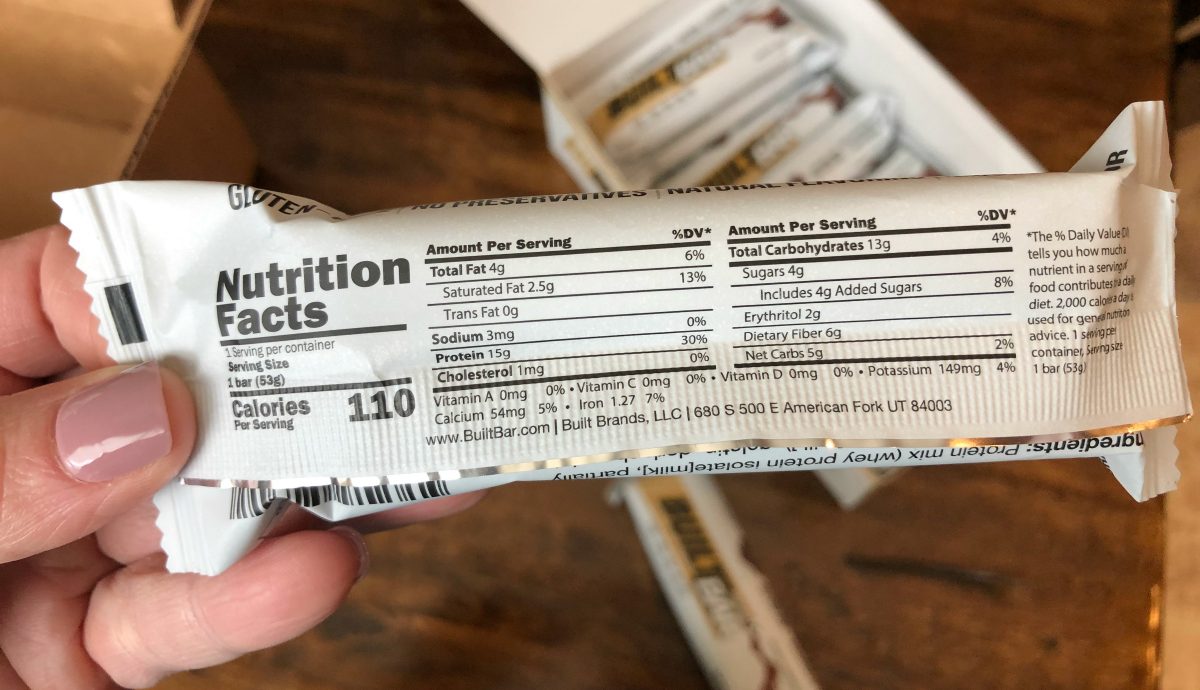
Net Carbs. Sugar Alcohols. Sucralose. OH MY!
Seriously, what do all of these terms mean when you read a nutrition label on keto?! Ever wonder if it’s a foreign language class you somehow missed out on in school?
We’re here to help make sense of some of the confusion surrounding what’s important (and what’s not)! We’re going to walk you through how to read nutrition facts step-by-step!
Here’s how to read nutrition labels when on the keto diet:
1. Check out the Serving Size to avoid overconsumption.
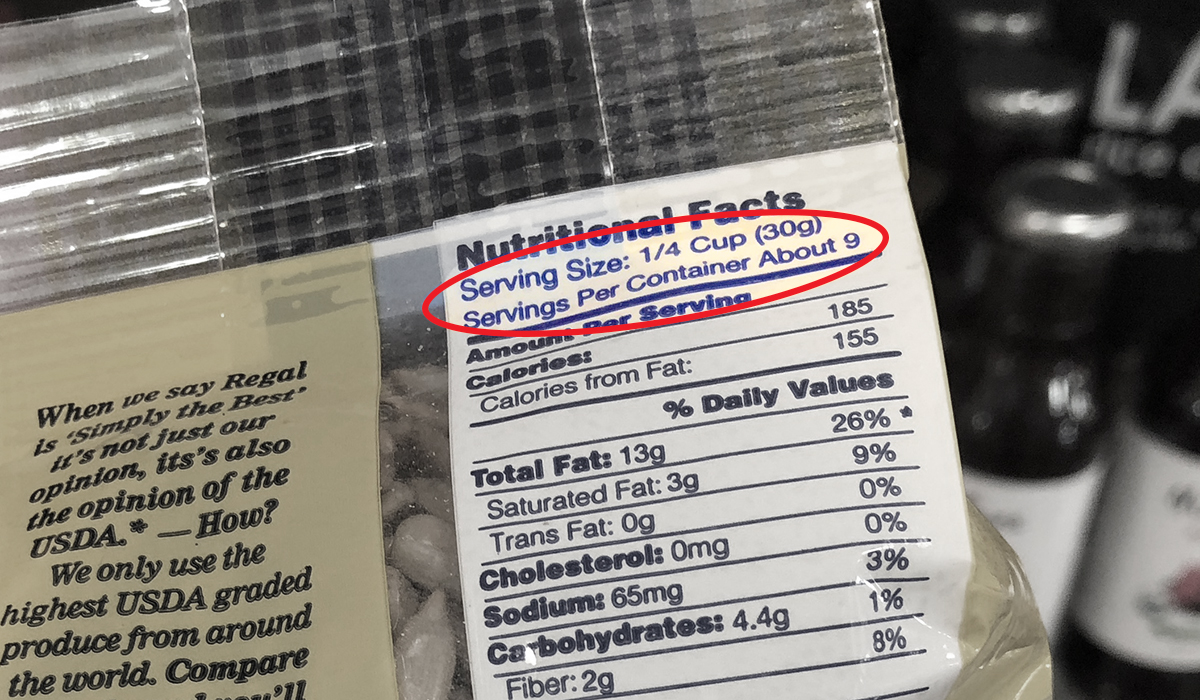
While the serving size is pretty straightforward, it can often be overlooked. Sure, you picked up a snack that only has one carb per serving (yay!), but what exactly is the serving?
If you come across a bag that has a small consumption size or lots of servings per bag, proceed with caution – especially if you have the tendency to mindlessly snack. You could quickly max out your allotted carbs that fit in your macros for the day and kick yourself right out of ketosis with that second handful.
2. When reading nutrition labels, don’t stress the Calories too much.
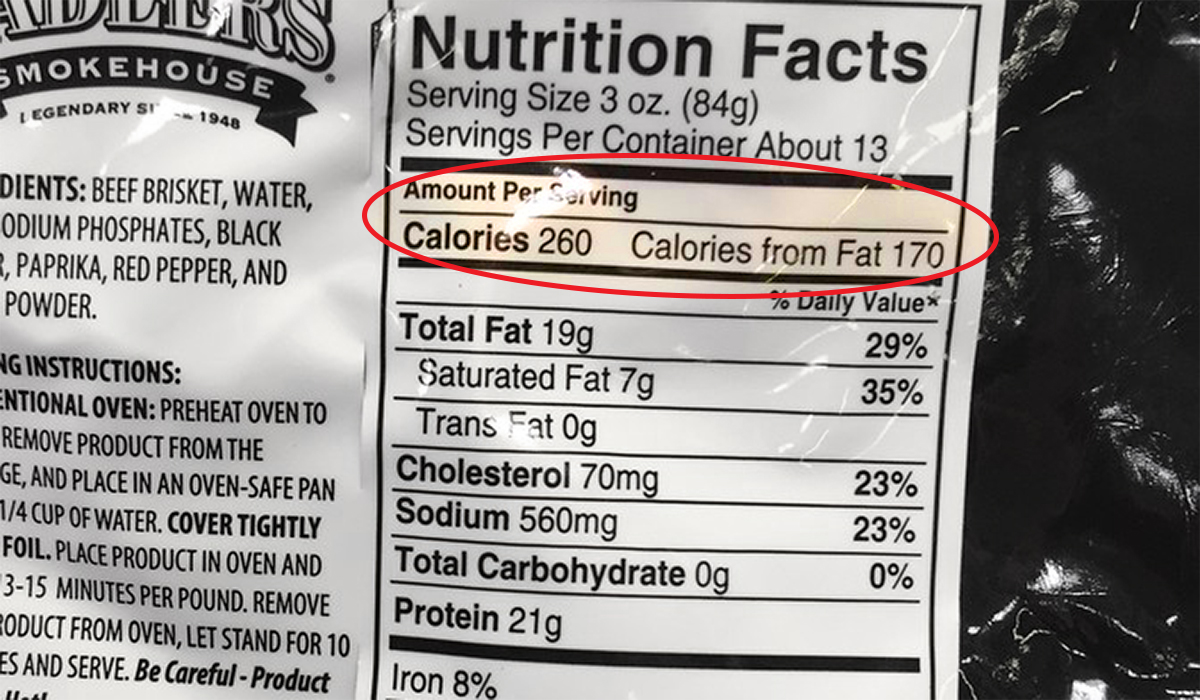
As opposed to what you’ve probably been told to believe about how to read nutrition facts, calories don’t matter. Just kidding, though it’s kind of true for keto. The number of calories (so long as it’s not something astronomical) won’t play much into the endgame of keto. So, bye-bye, 100-calorie packs!
3. Aim for high numbers in Total Fat.
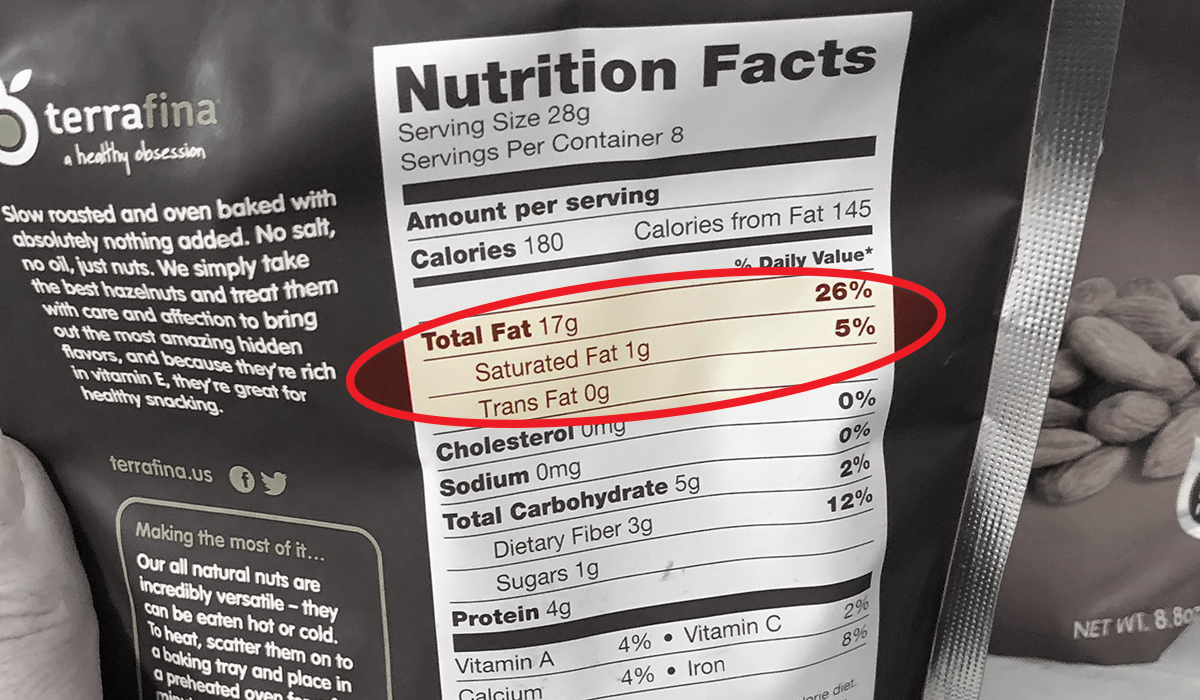
Given keto focuses on high-fat, low-carb, you’ll be fine with really any foods with medium- to high-fat contents. That said, you’ll still want to look out for trans fats unless you’re finding them in grass-fed animal or dairy products. Otherwise, they could be harmful to you no matter what diet you’re following.
Hip Tip: Curious if fat bad is for you? Read why it’s essential for keto.
4. Learning how to read nutrition labels on keto? Keep your Cholesterol concerns at bay.
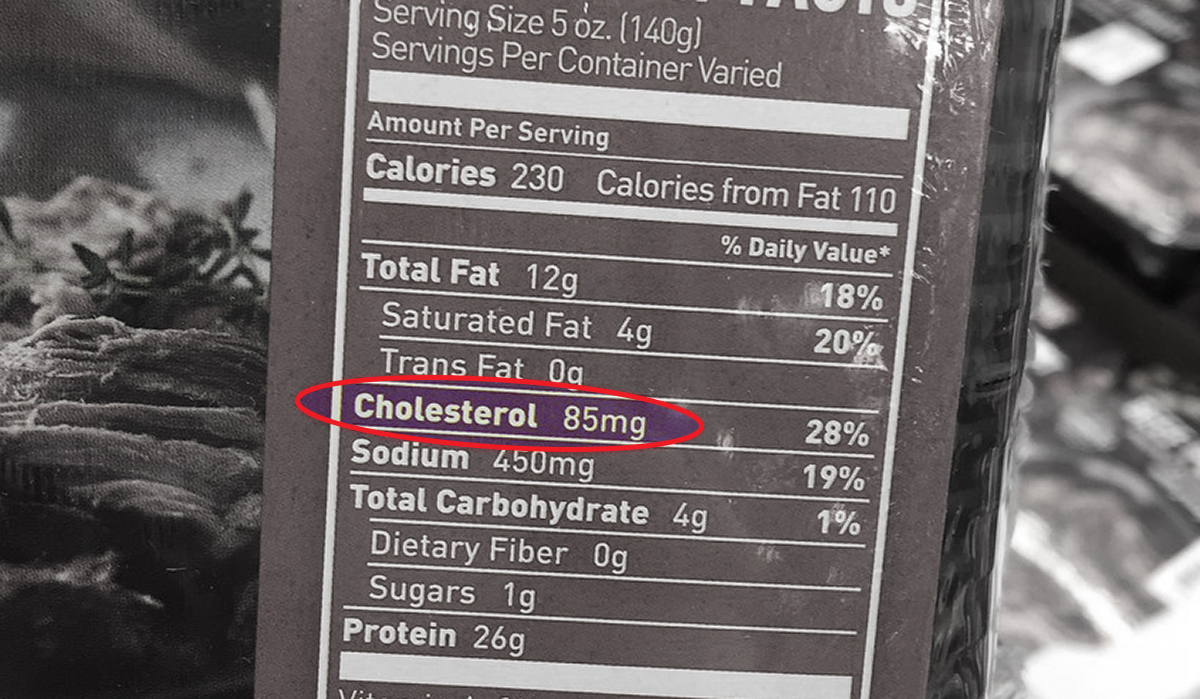
The consumption of red meat, cheese, eggs, butter, and of course, bacon, will have the cholesterol numbers jumping out at you on nutrition labels. Never fear! Cholesterol is misunderstood and can actually be a good thing. In fact, 75% of the cholesterol in your body is made by your liver and your diet has little effect on cholesterol levels. So don’t fret over the cholesterol count as it’s bound to be higher on your favorite keto foods.
5. Stick with Sodium for keto flu-fighting benefits.

When it comes to how to read nutrition labels while on keto, this tip is important! While other diets may steer clear of sodium, it’s important on keto as it’s a source of electrolytes, which can help alleviate the keto flu should you come to experience it. You should aim for about 3000mg-5000mg per day and add some salt to meals when you can. You could even consider carrying around a salt grinder or salt packets to add sodium on the go!
6. When it comes to how to read nutrition labels, you’ll want to look closely at Total Carbohydrates.
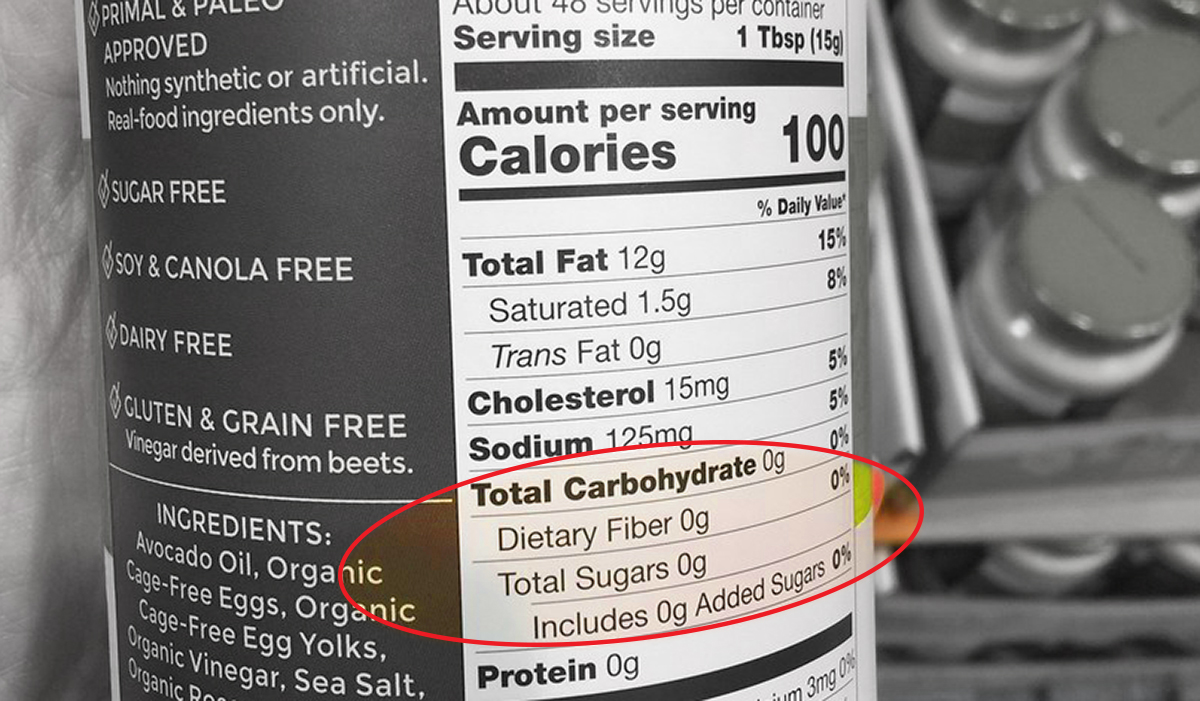
Wondering how to read carbs for keto? Total carbs are arguably the most important part of the nutrition label to pay attention to. In general, most keto eaters keep their carb count below 20-40g each day.
There are two methods of counting carbs, total and net:
-
- Counting using the total is pretty self-explanatory where the total number at the top is what you get.
- For net carbs, you subtract the dietary fiber count and sugar alcohols (if any) from the total carbs to give you the net carbs of the food in question.
Regardless of total carbs and net carbs, you’ll always want to keep your sugar intake as low as possible.
7. Pick products with a moderate Protein amount.
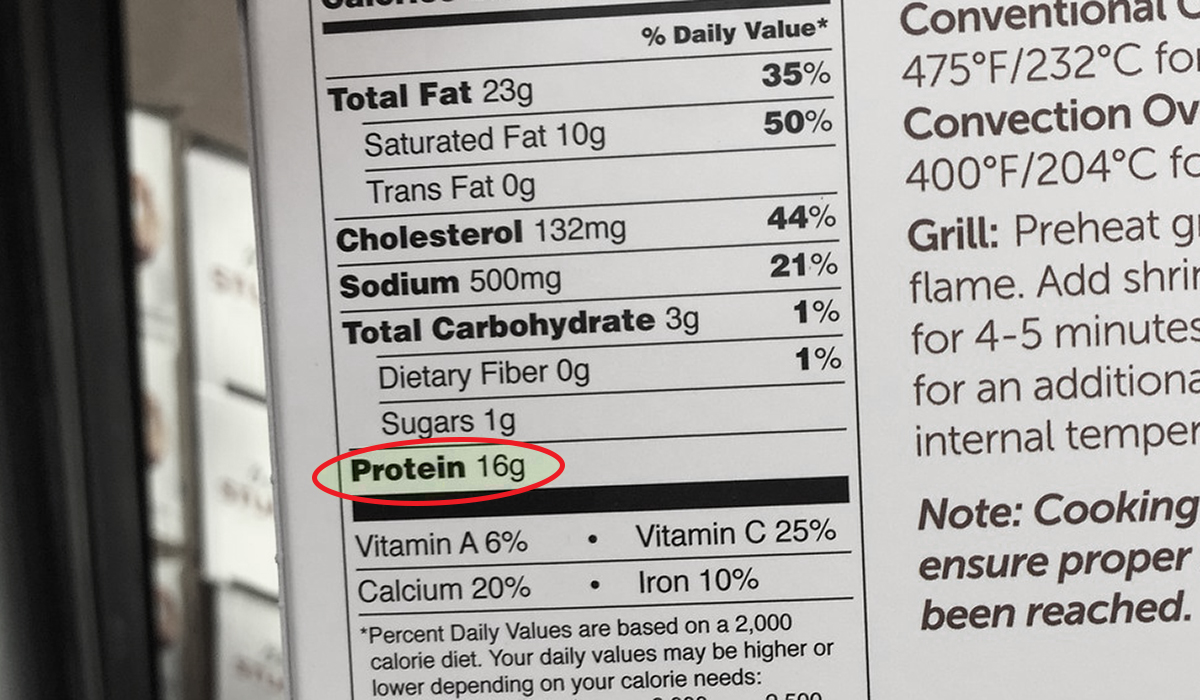
Since protein isn’t really the focus of keto, you’ll want to keep your intake to a moderate amount, or simply keep it in line with your macros. If you’re not sure what your macros should be, some of the best keto apps have built-in macro calculators and make the keto diet even more manageable!
8. Glance at Additional Nutrients for valuable extras.
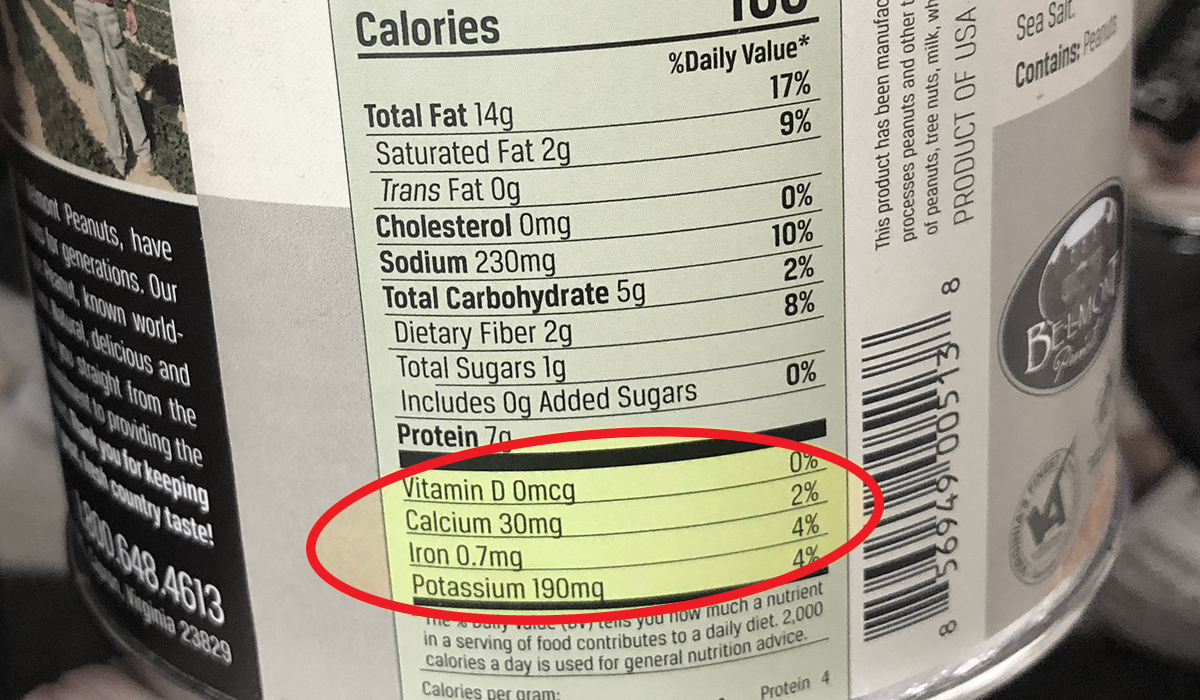
Time for the bonus round on how to read nutrition labels! Near the bottom of the nutrition label, you’ll see an assortment of vitamins and minerals that can be found in your food. Typically, these are Vitamin A, Vitamin C, Calcium, and Iron. If you see products that list out Magnesium, Vitamin D, or Potassium, pick ’em up since they help boost the nutritional value of keto and can reduce the symptoms of the keto flu.
9. Ignore the Daily Value Percentages.
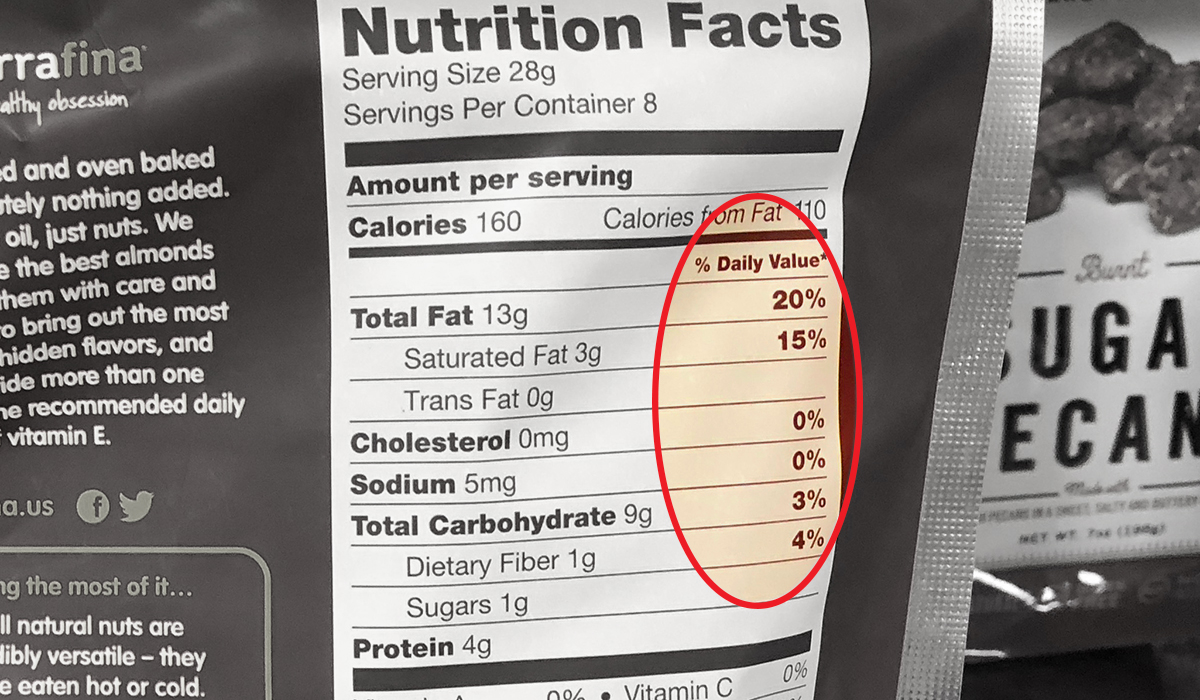
Now, for all those percentages in the side column. This area can trip up those new to learning how to read carbs for keto. The assumed daily percentage breakdown is based on the diet guidelines listed in the footer, NOT in your own macros. The diet they’re based on isn’t anything close to the concept of keto at all, so ignore those numbers entirely and stick to your own macros instead.
10. But never ignore the Ingredients.

When it comes to how to read nutrition labels, you’ll want to read this part of a label very carefully when on a keto diet! Anything that says sugar, honey, or syrup should be a red flag, though artificial sweeteners can sneak into your favorite products without you even knowing it. You should try to avoid or limit sucralose, aspartame, acesulfame potassium, neotame, saccharin, or advantame. Instead, opt for natural alternative sweeteners like stevia, monk fruit, Erythritol, or Xylitol — here’s a full list of our favorites!
You’ll also want to look out for starchy fillers by avoiding the basics like corn, flour, oats, potato, quinoa, rice, soy, and wheat. Same as with sugar, starches can work their way into foods under other names, so also avoid non-keto ingredients like barley, bran, cornmeal, cornstarch, farro, millet, sorghum, and others.
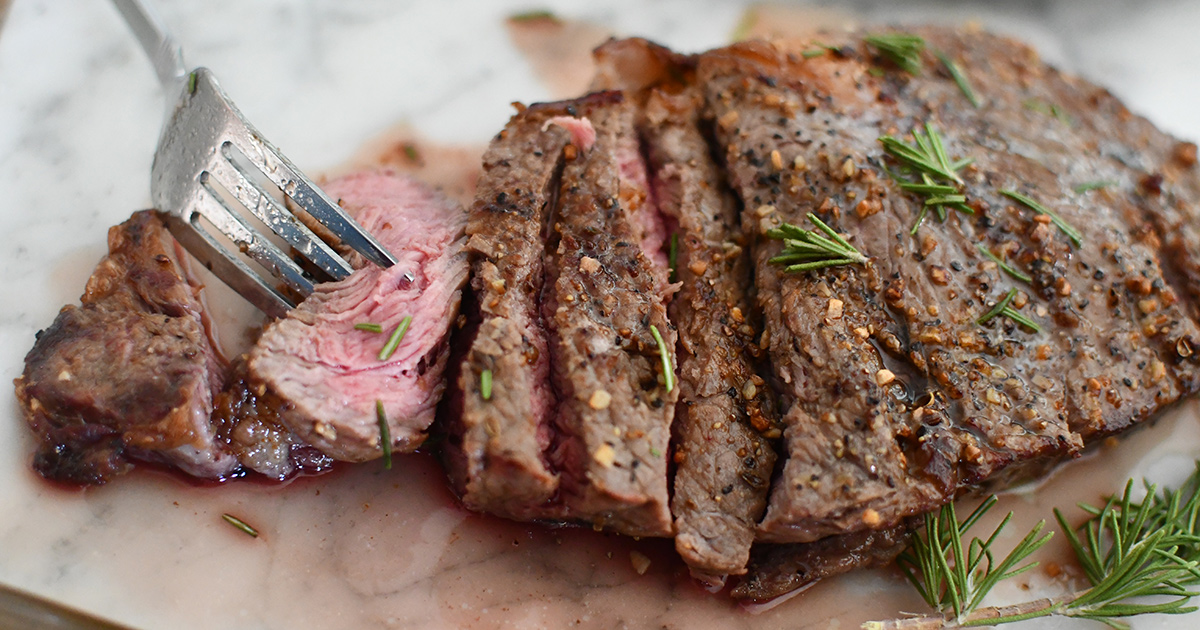
When all else fails, stick to whole foods like low-carb vegetables, keto cuts of meat, or any of our tasty keto recipes!



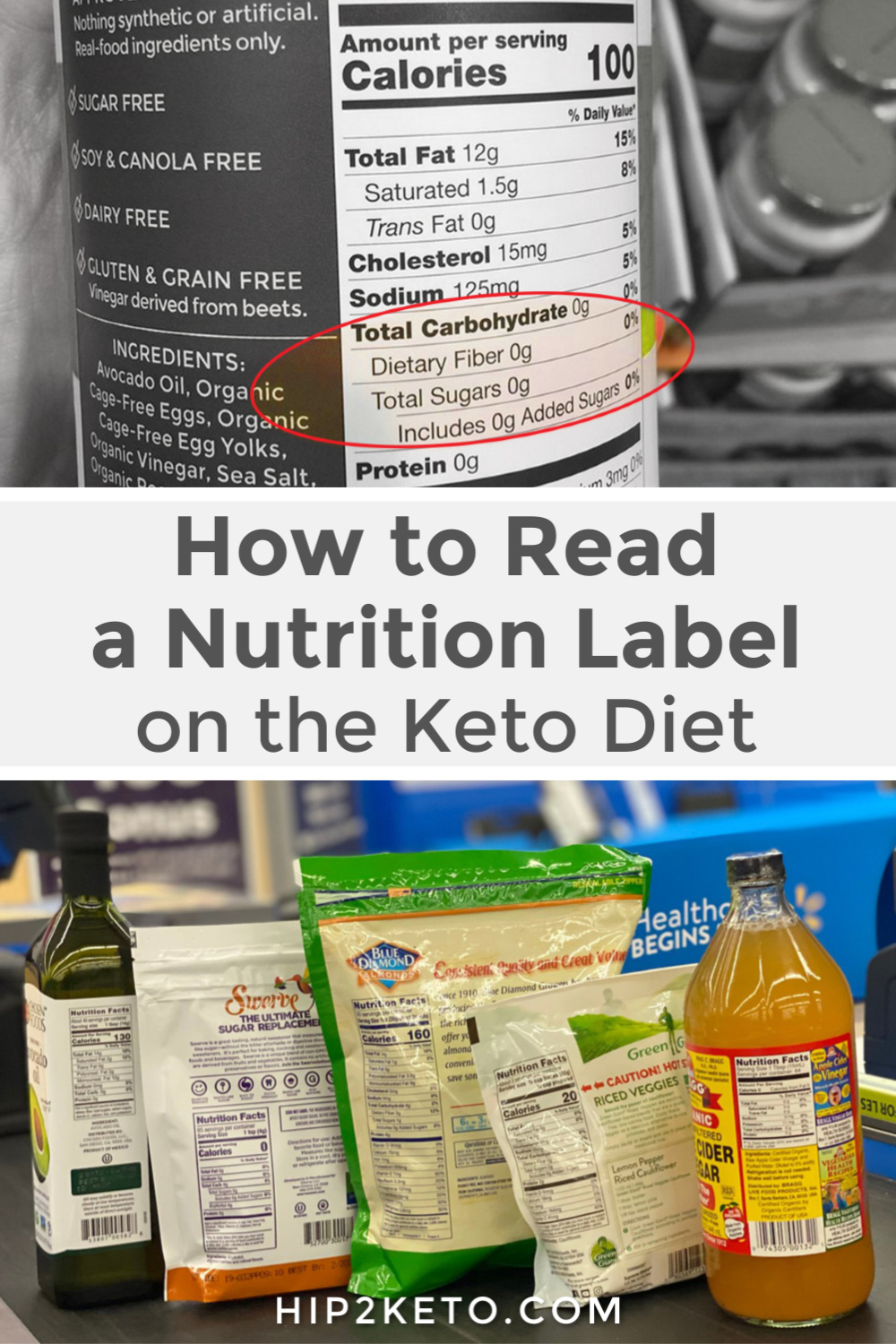
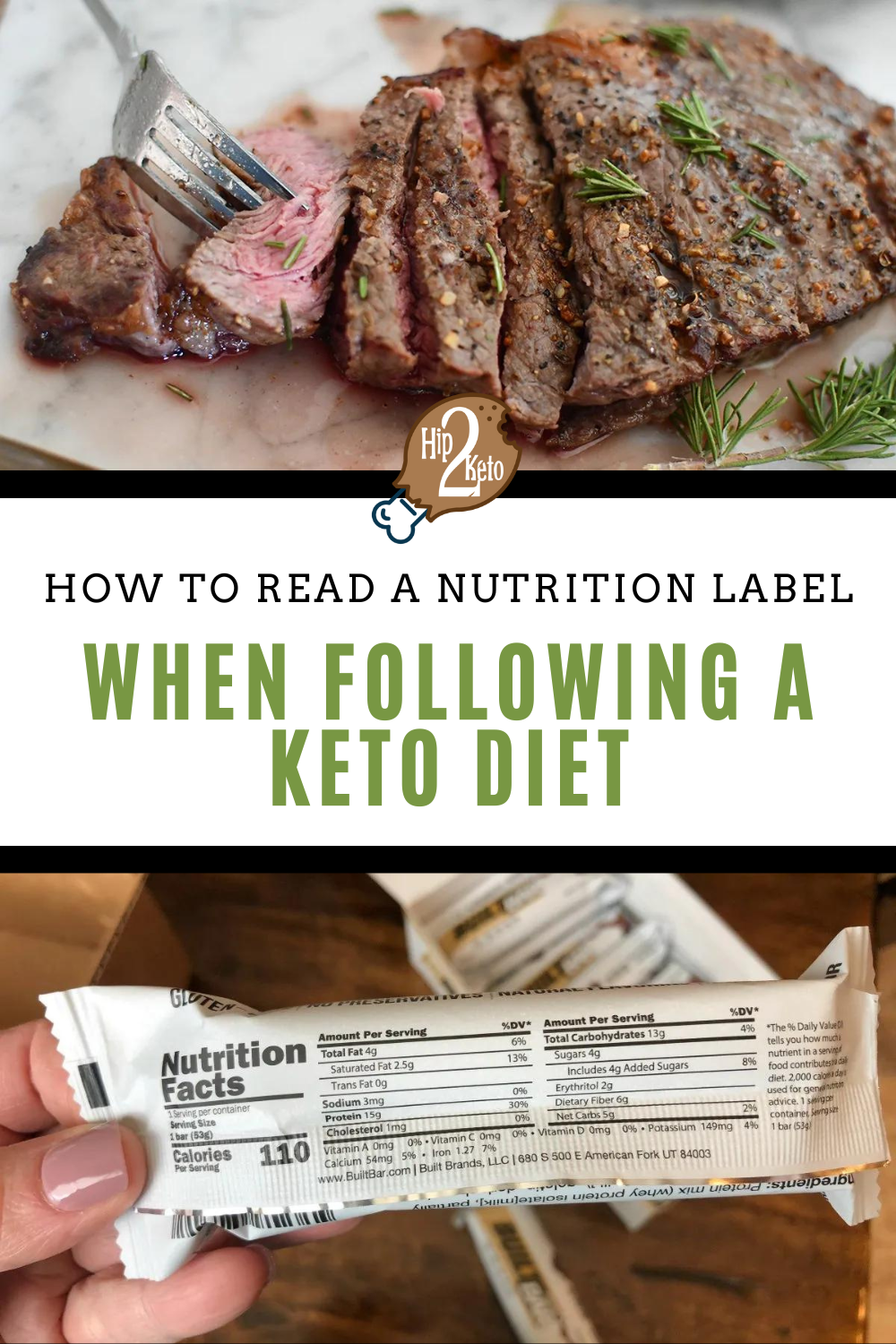
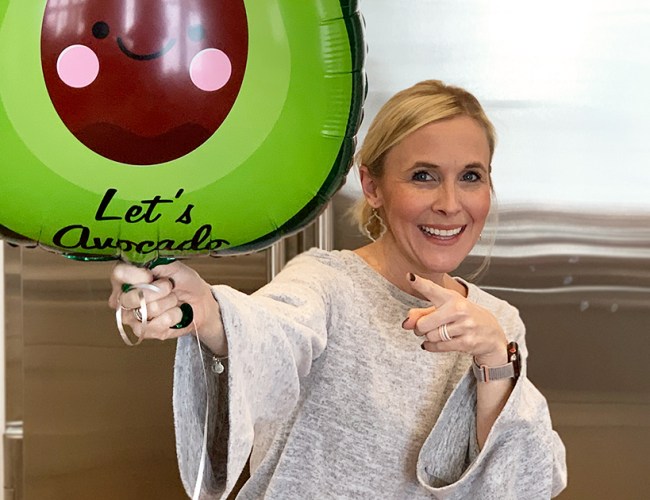
Love all the Keto tips!
Thanks for the feedback, Janet! SO happy you are enjoying the tips! ❤️
Thanks for all the of the awesome tips I have joined so many groups and this has more information than any of them.
Thank you, Michelle! We have a very hard working team that is always trying to bring you all the information you need to succeed ❤
I was reading through the label of ice cream as I was craving it.
it showed 15g carbs
but is also showed 10g sugars.
Kindly advise if this is keto-friendly
Hi there! That has too many carbs and sugar for keto. Here are our favorite keto ice cream options – https://hip2keto.com/category/keto-recipes/ice-cream/
You guys are doing such a great job with all the tips. I have learned so much since I went Keto
months ago!!! Keep up the good work. Barb
Aww, Thank you SO much for the super sweet comment, Barb! 💖🤗 SO happy you’re loving the tips!
Thank you! I have always heard many different ways to look at the nutrients while on Keto. I emailed this to a friend so we will both have a better idea of what to look out for. 🙂
You’re very welcome! 💞 Glad this is helpful and that you can pass it along! 🙌
Just wondering about if it says 0 sugars but sugar is in the ingredients. Does this mean there is sugar but at a minuscule amount? Not sure how to read that.
Hmm, Good question! We’d be happy to take a look if you wanted to email a picture of the label to us at hello@hip2keto.com. This way we can be sure to give you the correct answer based on the info there. ❤️🤗